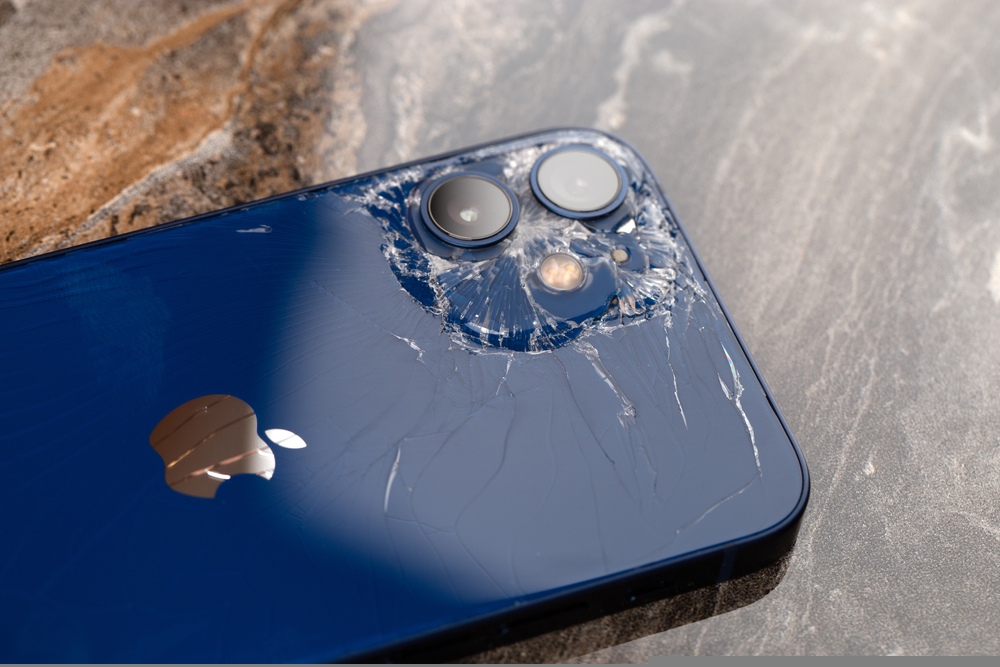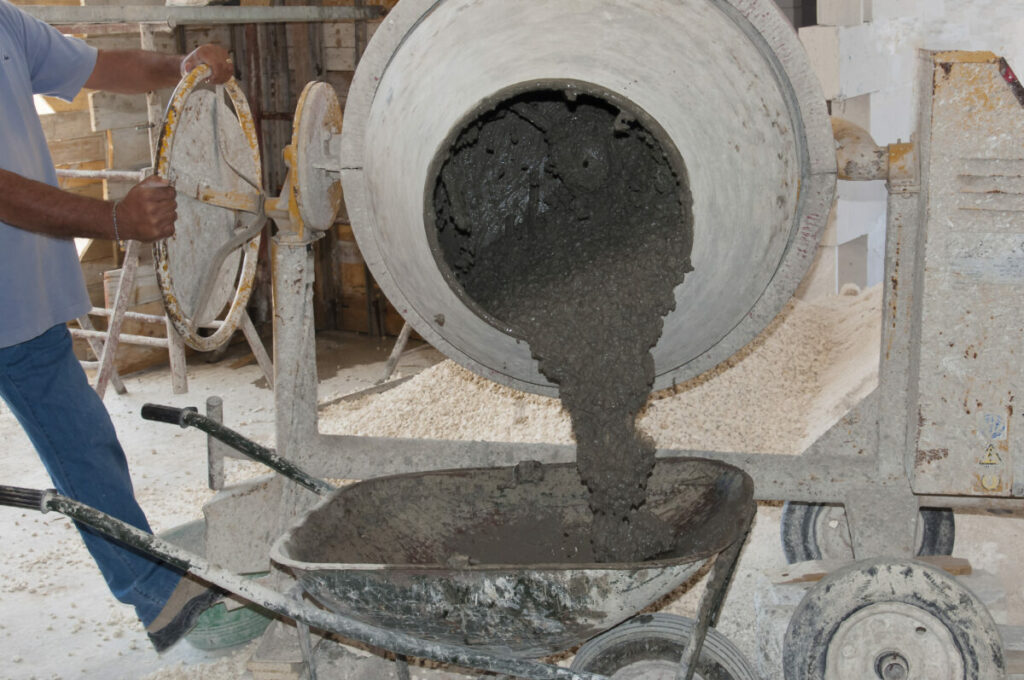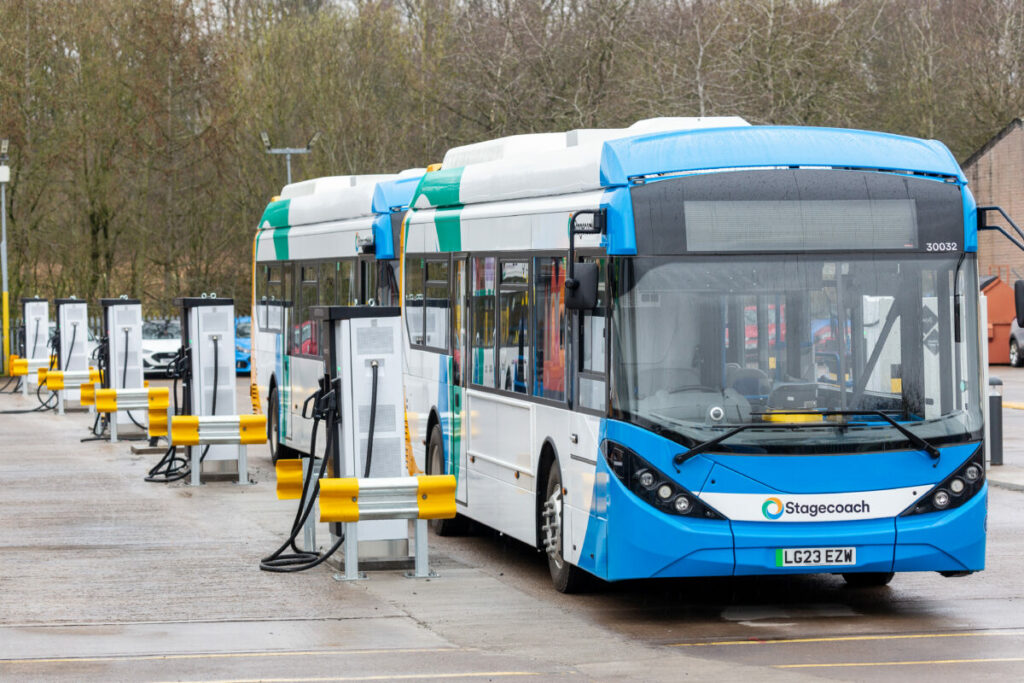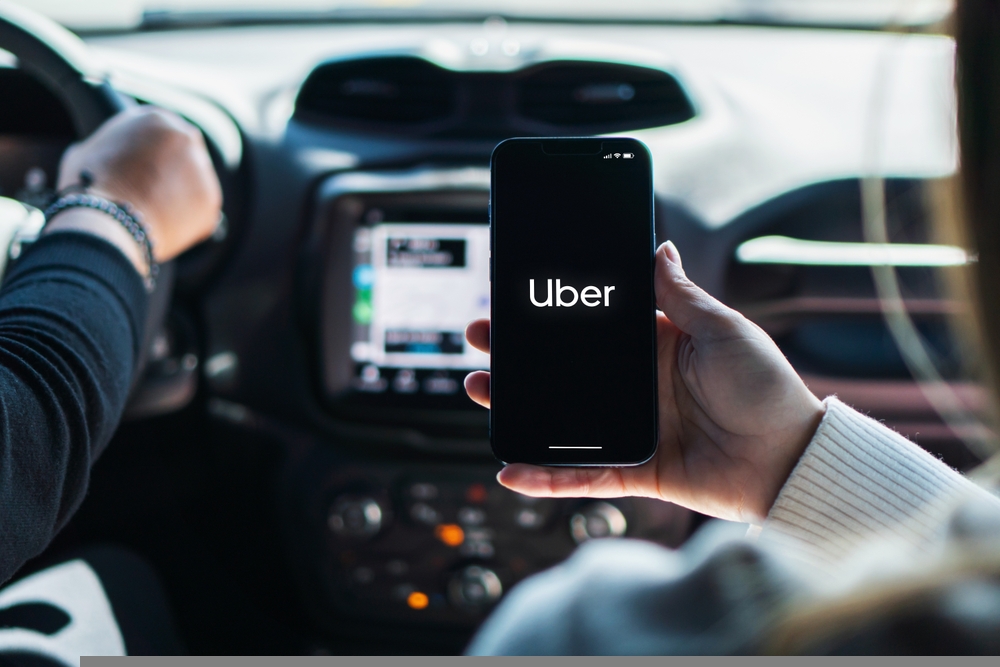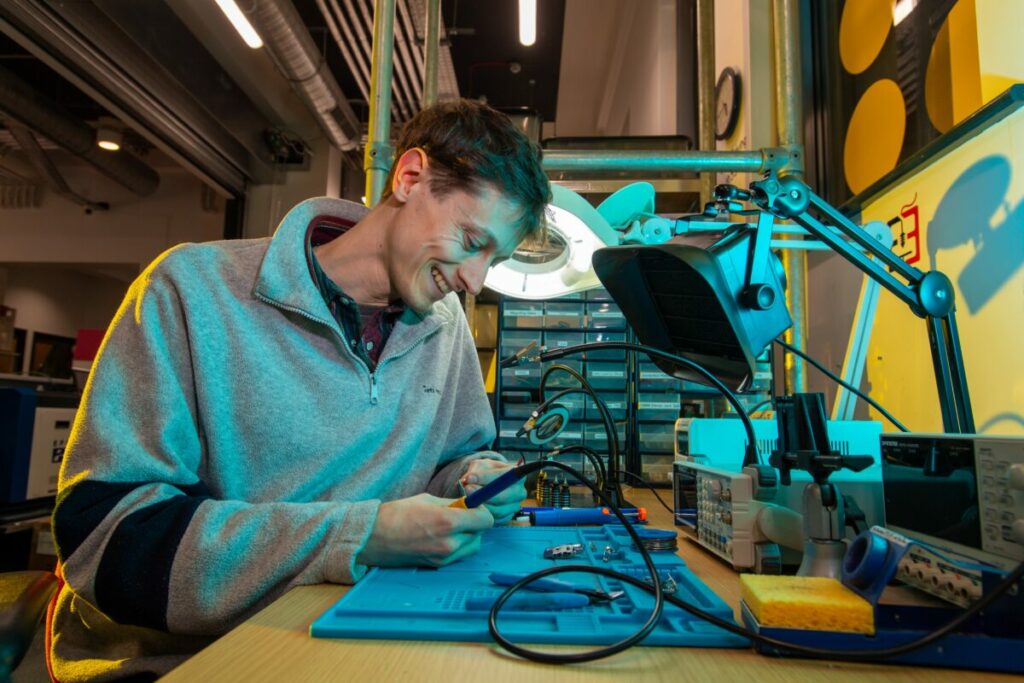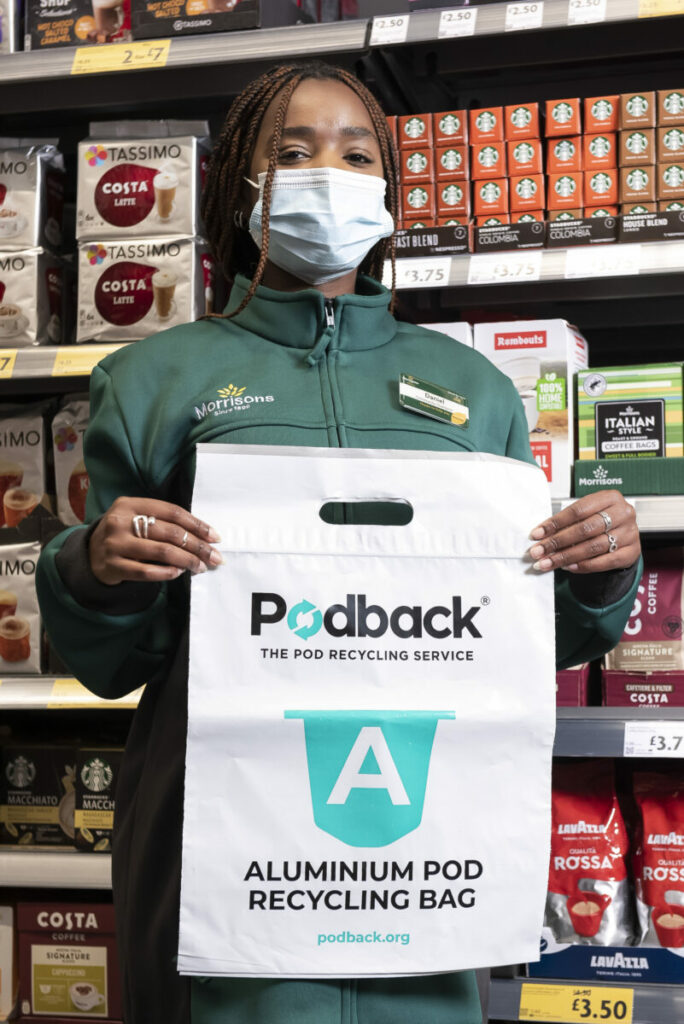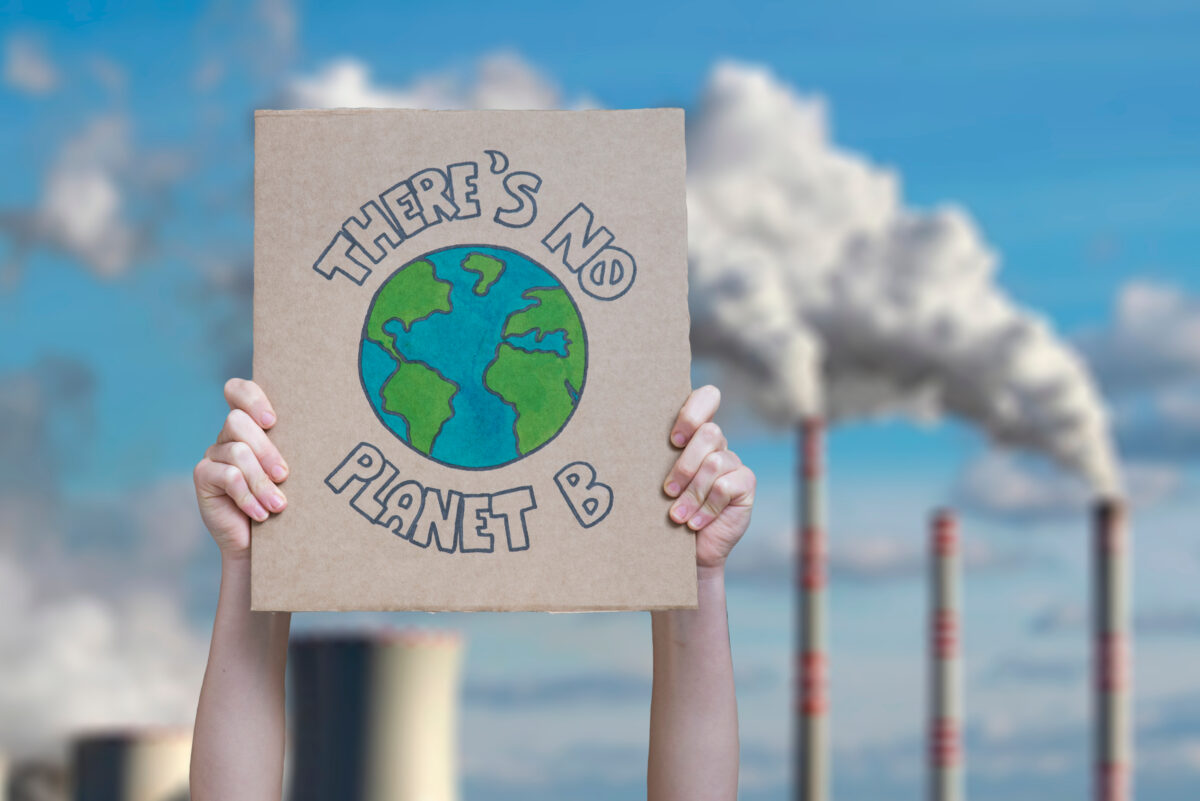Apple is cutting back on waste by using pre-owned parts in its product repair service, as part of an update to its repair processes.
Details of the latest green plan were announced in a blog post, which revealed the new process will start with select iPhone models in the autumn of this year.
It means that customers and independent repair providers can re-use pre-owned Apple parts, reducing the overall environmental footprint.
The tech giant said the new process is: “Designed to maintain an iPhone user’s privacy, security, and safety, while offering consumers more options, increasing product longevity, and minimising the environmental impact of a repair.
“Used genuine Apple parts will now benefit from the full functionality and security afforded by the original factory calibration, just like new genuine Apple parts.”
Subscribe to Sustainability Beat for free
Sign up here to get the latest sustainability news sent straight to your inbox everyday
John Ternus, Apple’s senior vice president of hardware engineering, said: “We’re always looking for new ways to deliver the best possible experience for our customers while reducing the impact we have on the planet, and a key part of that means designing products that last.
“For the last two years, teams across Apple have been innovating on product design and manufacturing to support repairs with used Apple parts that won’t compromise users’ safety, security, or privacy.
“With this latest expansion to our repair programme, we’re excited to be adding even more choice and convenience for our customers, while helping to extend the life of our products and their parts.”
Apple teams have spent the last two years working to facilitate the reuse of components like biometric sensors for Face ID or Touch ID, while reducing safety risks.
The move comes in the wake of reports that electronic waste is on the rise with the average UK household holding onto 30 unwanted and broken electricals, compared to 20 four years ago.


